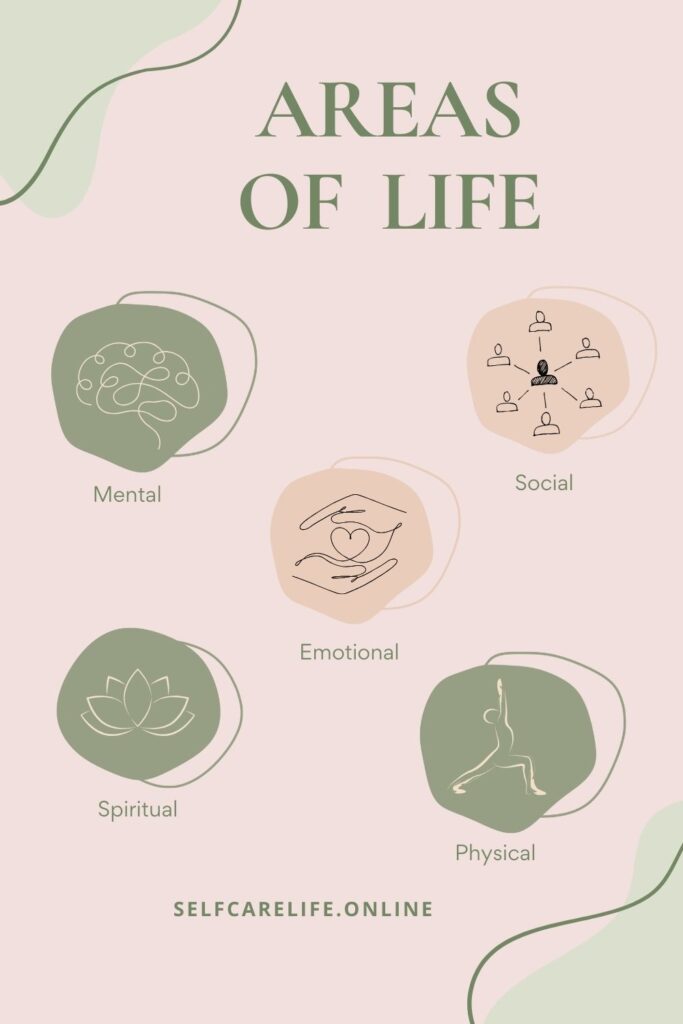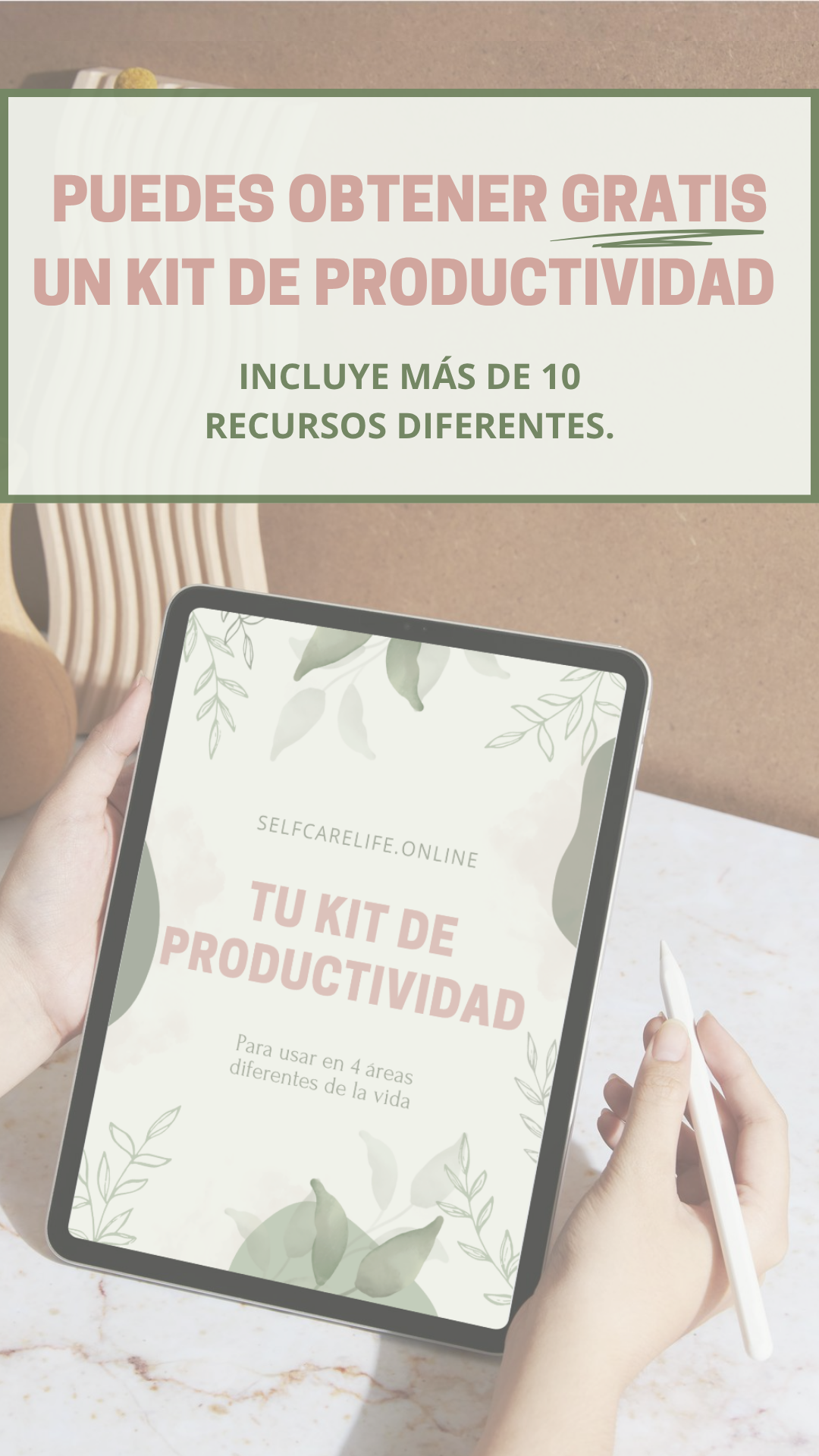Hey there, Cutie! 👋 Are you feeling a bit lost and unsure about where you want to go in life? Do you have some goals in mind, but you’re not quite sure how to reach them? Well, fear not my friend, because today I’m going to talk about the top 7 steps to create a personal development plan that will help you achieve those dreams! 🌟
A personal development plan is a tool that can help you identify your strengths, weaknesses, and opportunities for growth.
It’s a roadmap that will guide you towards your goals, and help you become the best version of yourself. Whether you want to improve your career, your relationships, or your personal well-being, a personal development plan can help you get there.
So, grab a pen and paper, and get ready to take some notes. We together are going to explore 7 simple steps that will help you create a personal development plan that works for you.
And remember, this is a journey of self-discovery and self-improvement, so be kind to yourself along the way. Let’s get started! 🚀
What is a personal development plan?
Personal development is all about growing and improving as a person. It involves working on your skills, knowledge, and mindset to become the best version of yourself. 🌟
As I mentioned before, a personal development plan is a roadmap that helps you identify your strengths and weaknesses, set goals, and create action plans to achieve them. 🗺️
Imagine your life as a garden. 🌱 Your personal development plan is the tool that you use to cultivate and nurture your garden, so that it can grow into something beautiful.
Just like a garden needs sunlight, water, and attention, your life needs a personal development plan which requires consistent effort and dedication. 🌞💧
Setting goals and actively working towards achieving them can be a powerful tool for personal growth and development.
Whether it’s a short-term or long-term goal, having a clear idea of what you want to achieve can help you stay focused and motivated.
So, take some time to reflect on what you want to achieve, create a plan, and watch yourself grow! 🌻

What are 5 areas of personal development plan?
When it comes to personal development, there are five main areas to focus on: mental, social, spiritual, physical, and emotional. Let’s break them down! 😊
- First up is mental development.
This involves things like learning new skills, expanding your knowledge, and challenging your brain with puzzles and games.
It’s all about keeping your mind sharp and staying curious! 🤔 You choose your own goals!
- Next is social development.
This area is all about building and maintaining positive relationships with others.
Whether it’s making new friends, spend more time with family, or improving your communication skills, social development is key for a happy life. ❤️
- Spiritual development
Is another important aspect of personal growth. This can mean different things to different people, but generally involves exploring your beliefs, values, and sense of purpose.
Some people find spiritual fulfillment through prayer or meditation, while others may find it in nature or creative pursuits. 🌳🎨
- Of course, physical development
Is also crucial for a healthy and happy life. This can include things like exercise, nutrition, and self-care routines.
By taking care of your body, you’ll feel better inside-out! 💪💆♀️
- Finally, emotional development
Is all about understanding and managing your feelings. This can involve things like therapy, mindfulness, or journaling (Amazon).
By learning to recognize and express your emotions in healthy ways, you’ll be better equipped to handle life’s ups and downs. 🧘♀️💭
By focusing on these five areas of personal development, you’ll be well on your way to becoming the best version of yourself. But first we need to ask ourselves some questions, let’s see some of them.

What questions should I ask myself for a personal development plan?
It’s great that you’re thinking about creating a personal development plan. That’s a wonderful step towards becoming the best version of yourself.
Here are some questions you can ask yourself to get started:
- 🌟 What are my strengths and weaknesses?
- 🌟 What skills do I want to develop or improve?
- 🌟 What do I want to achieve in my personal and professional life?
- 🌟 What are my values and beliefs, and how can I align my actions with them?
- 🌟 What habits or behaviors do I want to change or develop?
By asking yourself these questions, you’ll have the knowledge of where you are starting from so that you can accept it and then you can begin to put into practice your self-growth plan to achieve your goals.
Remember, personal development is not a one-size-fits-all process, so don’t compare yourself to others.
Instead, focus on your own journey and celebrate your progress along the way. 🎉 With dedication, patience, and self-love, you can achieve anything you set your mind to.

How do I create a personal development plan? The 7 steps in making you own plan:
Creating a personal development plan can be a fun and rewarding process! Here are seven simple steps to help you get started:
🎯 Step 1: Set goals in every of the 5 areas I’ve talked about before (mental, social, spiritual, physical, and emotional).
Take some time to think about what you want to achieve in these areas of your life, such as career, relationships, health, and personal growth.
Setting goals is an important step towards achieving success in these areas. Start by identifying S.M.A.R.T goals (Specific, Measurable, Achievable, Relevant, and Time-bound) that align with your values and aspirations.
Hold yourself accountable by tracking your progress and celebrating your achievements along the way.
Remember that setbacks and challenges are part of the journey, so be kind to yourself and stay motivated. With dedication and perseverance, you can turn your dreams into reality.

⏰ Step 2: Set deadlines, realistic ones.
Once you have your goals in mind, set deadlines to keep yourself accountable. Make sure to set realistic deadlines that you can actually achieve.
Here are some tips to help you set realistic deadlines:
- Break down your goals into smaller tasks:
This will help you to create a more manageable timeline and ensure that you don’t get overwhelmed.
By breaking down a larger goal into smaller tasks, you can more easily gauge how long each task will take and set deadlines accordingly.
- Use a planner or calendar:
Whether you prefer a physical planner or a digital one, having a visual representation of your deadlines can be incredibly helpful.
Use your planner or calendar to schedule out your tasks and deadlines, and make sure to refer to it regularly to stay on track.
I recommend that you use a weekly calendar (Amazon) so that you can write your smaller tasks in a larger space. On a monthly calendar, this would be more difficult to do.
- Build in some flexibility:
Unexpected things can always come up, so it’s important to build in some flexibility when setting deadlines.
If you have a particularly busy week coming up, for example, try to get ahead on your tasks first so that you’re not scrambling to meet your deadline.
- Set reminders:
Don’t rely solely on your memory to keep track of your deadlines.
Set reminders on your phone or computer to notify you when a deadline is approaching, and give yourself plenty of time to complete the task before the deadline.
- Hold yourself accountable:
Ultimately, it’s up to you to hold yourself accountable for meeting your deadlines.
Be honest with yourself about your progress, and if you find that you’re not on track to meet a deadline, take the necessary steps to get back on track.
It’s either you didn’t set a realistic deadline or there were too many unforeseen events that stopped you from accomplishing your tasks.
This may mean asking for help or adjusting your timeline as needed.

💪 Step 3: Set your motivations and your why’s.
Ask yourself why you want to achieve these goals and what motivates you. This will help keep you focused and motivated when things get tough:
- Reflect on your values:
Start by considering what’s important to you and why. What do you value most in life? What are your core beliefs? Knowing your values will help you align your goals with what truly matters to you.
- Visualize success:
Take some time to imagine yourself achieving your goals. How will it feel? What will it look like?
Creating a mental picture of success can help you stay motivated and focused even when facing obstacles.
- Reward yourself:
Besides writing down your goals, write down small rewards that you will give yourself if you accomplish certain tasks.
For example: “If I manage to workout x4 this week, I will give myself permission to order my favorites from Starbucks”. Celebrate each small success along the way to keep your motivation high.

- Build a support system:
Surround yourself with people who encourage and support your goals. Share your progress with them and lean on them for support when you need it.
- Learn from setbacks:
No one is perfect, and setbacks are a natural part of any journey. Instead of getting discouraged, use setbacks as an opportunity to learn and grow.
Analyze what went wrong and adjust your approach as needed.
Remember why you began and what you want to achieve, and bingo! You’ll be on track to conquer the world.
👀 Step 4: Create your vision board and learn to visualize.
Visualize yourself achieving your goals and create a vision board to help you stay inspired and focused.
A vision board is a powerful tool that can help you achieve your goals by keeping you motivated and focused:
- Start by setting clear goals for yourself. What do you want to achieve? Be specific and write down your goals in detail.
- Gather images and words that represent your goals. You can find these in magazines, online, or create your own.
- Choose a background for your vision board. This can be a cork board, poster board, or a digital board using a tool like Canva.
- Arrange your images and words on the board in a way that feels visually appealing to you. You can organize them by the areas we’ve seen before or create a collage.
- Place your vision board in a prominent physical or digital place where you will see it every day. This will help keep you motivated and focused on your goals.
- Take time to visualize yourself achieving your goals while looking at your vision board. Imagine how it will feel to have accomplished what you set out to do.
- Update your vision board regularly as you make progress towards your goals or as your goals change. I recommend you do this on a yearly basis.
Dream big and go wild with your imagination by whipping up a super cool vision board! This nifty trick helps to keep your eyes on the prize and your heart on fire as you chase your dreams.
With your mind’s eye set on your goals, nothing can stop you! Manifest it, girl! 🌸

📝 Step 5: Develop an action plan, because manifesting is just not enough.
Break down your goals into actionable steps and create a plan to achieve them:
- Start by identifying your long-term goal. This could be anything from starting a business to completing a marathon.
- Once you have your long-term goal in mind, break it down into smaller, more manageable goals. For example, if your long-term goal is to start a business, your smaller goals could include conducting market research, creating a business plan, and securing funding.
- Next, break each of your smaller goals down into actionable steps. For example, if your goal is to conduct market research, your actionable steps could include identifying your target market, conducting surveys or focus groups, and analyzing your data.
- Assign deadlines to each of your actionable steps. Like I said, this will help you stay on track and ensure that you’re making progress towards your goals.
- Finally, be flexible and willing to adjust your plan as needed. You may encounter obstacles or setbacks along the way, but by breaking your goals down into smaller steps and having a plan in place, you’ll be better equipped to navigate these challenges and ultimately achieve your goals.

📈 Step 6: Once you put it in action, track your progress, if necessary change the strategy never the goal.
Remember, the goal is important, but the journey is just as important.
To achieve success in any area of life, it is essential to track your progress. Doing so will help you to understand how far you have come and what adjustments need to be made to your plan.
Here are some tips to help you track your progress effectively:
- Use a journal or planner:
Writing down your progress in a journal or planner can help you stay organized and motivated. It can also help you identify patterns and trends that can help you make adjustments to your plan.
- Seek feedback:
Seeking feedback from others, such as a mentor or coach, can provide valuable insights into your progress and help you identify areas where you need to improve.
Don’t forget, the journey is the real deal, not just the destination.
So, let’s buckle up and enjoy the ride, bumps and all. Every twist and turn is a chance to learn and evolve.
If your plan needs a little tweak or a complete overhaul, don’t sweat it – be bold and pivot like a boss: change the plan, never the goal. Keep pushing and growing, and before you know it, you will conquer your goals and win at life!

🚫 Step 7: Forget about perfectionism.
Don’t get caught up in perfectionism. Remember that progress, not perfection, is what matters most:
- Keep a positive attitude:
It’s easy to get caught up in negative self-talk when things don’t go as planned. Instead, focus on the progress you’ve made and use positive affirmations to keep yourself motivated.
- Embrace failure:
Failure is a natural part of the learning process. Instead of beating yourself up over failures, use them as an opportunity to learn and grow.
- Practice self-care:
Taking care of yourself physically and emotionally can help you stay motivated and focused on your goals. Make time for exercise, healthy eating, and relaxation.
Don’t forget, progress is the queen bee! High-five yourself for every victory along the way and keep buzzing towards your goals!

Final Thoughts
Ladies, give yourselves a round of applause for taking the reins and driving your own life’s journey! A Personal Development Plan isn’t just some boring map; it’s a statement of your dedication to self-improvement and growth.
Get ready for a transformative experience that will have a positive impact on all aspects of your life, not just your career.
Adopting a holistic approach, our plan focuses on nurturing your well-being, relationships, and overall satisfaction. With just seven simple steps, you’ll be on your way to a purposeful and intentional future.
Don’t forget that this is your unique journey, so keep dreaming big, setting big goals, and letting your Personal Development Plan be your guiding star. The adventure ahead is nothing short of epic! 🌟💪





